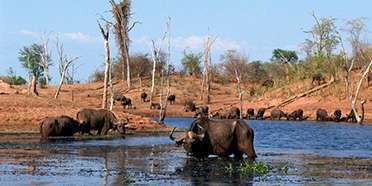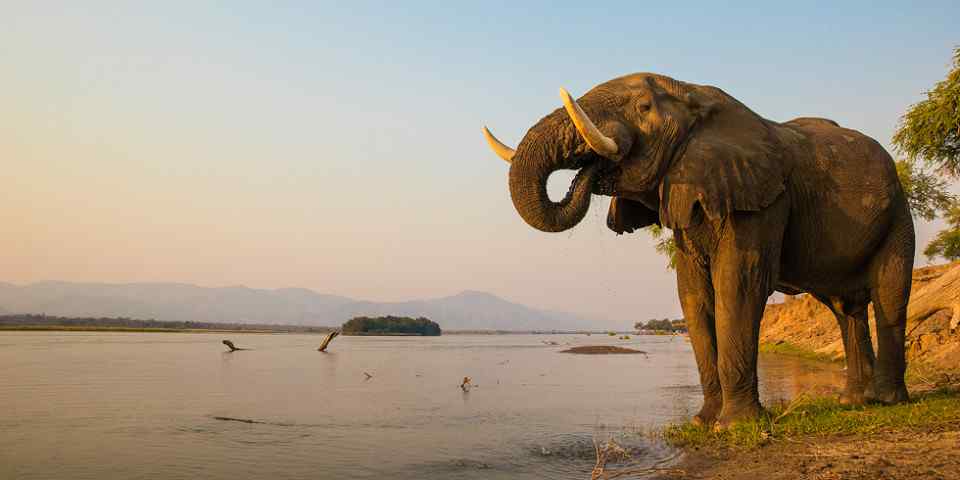
Safari Tours to Matusadona NP
-
![13-Day Luxury Zimbabwe Safari]()
13-Day Luxury Zimbabwe Safari
$18,538 to $23,994 pp (USD)
Zimbabwe: Private tourLuxuryLodge & Tented Camp
You Visit: Victoria Falls Town (Start), Hwange NP, Lake Kariba, Matusadona NP, Mana Pools NP, Victoria Falls (End)

Wayfairer Travel
4.8/5 – 172 Reviews
-
![9-Day Zimbabwe Safari]()
9-Day Zimbabwe Safari
$6,735 to $10,232 pp (USD)
Zimbabwe: Private tourLuxuryLodge & Tented Camp
You Visit: Victoria Falls (Start), Hwange NP, Matusadona NP, Victoria Falls Town (End)

Safari365
4.7/5 – 18 Reviews
-

5-Day Sail with Elephants Sail Safari (to & from Harare)
$2,103 pp (USD)
Zimbabwe: Private tour
Mid-range You Visit: Harare (Start), Lake Kariba, Matusadona NP, Harare (End)

Mana Pools Tourism Services
5.0/5 – 40 Reviews

 Zimbabwe Parks
Zimbabwe Parks












